My engine arrived the other day. Wow.
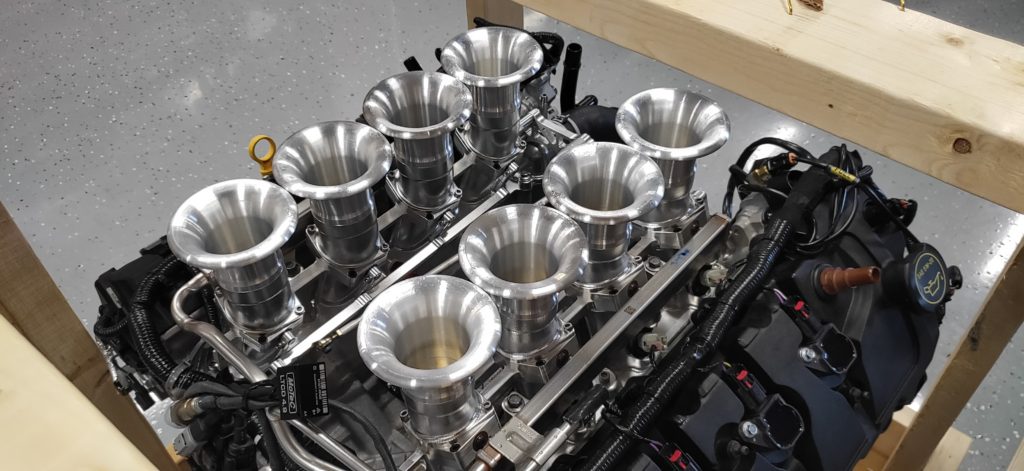
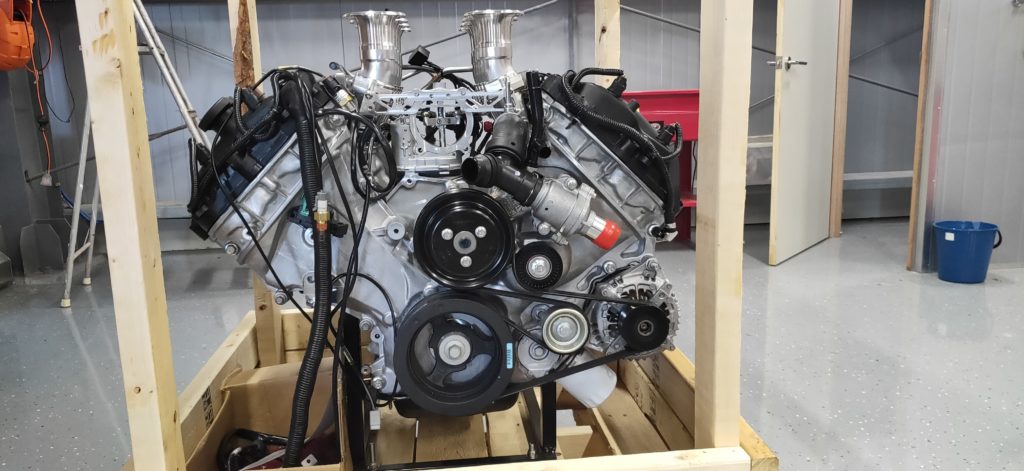

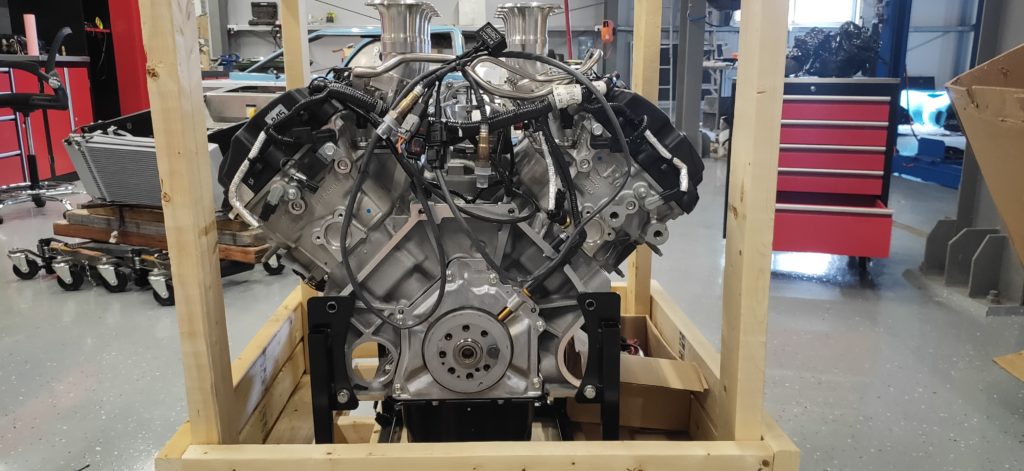
My engine arrived the other day. Wow.




My engineer arrived the other day with all of his self built testing jig and electronic equipment and we did the test. Passed with flying colours and good to get out of the way. My customers will not have to do this test as this data will be supplied with their kits.

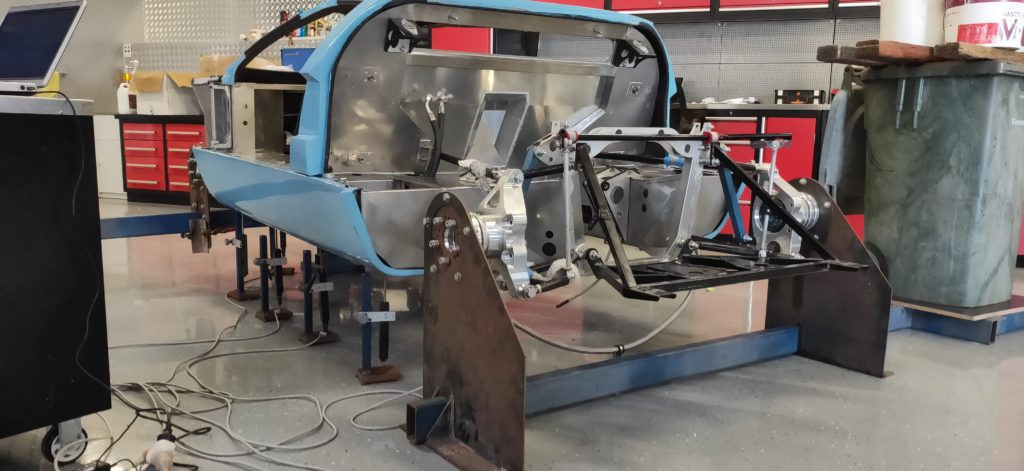



Bolting on the rear suspension is a relatively easy job with just a few little things to consider. It’s important to check all the threads on the threaded tubes on the wishbones etc. I had one wishbone bind up when screwing on so it is a good idea to run a tap through them before fitting. Also use a good anti seize product on all threads like Loctite 771 or a copper grease.
Once everything is tightened I mark them to show that I haven’t forgotten to tighten them with either a product called Torque Seal, which is quite expensive and more designed to indicate if a nut or bolt is working loose, or use what I do which is a common anti brake squeal. CRC Disc Brake Quiet is ideal for the job as it is bright orange and sticks really well.
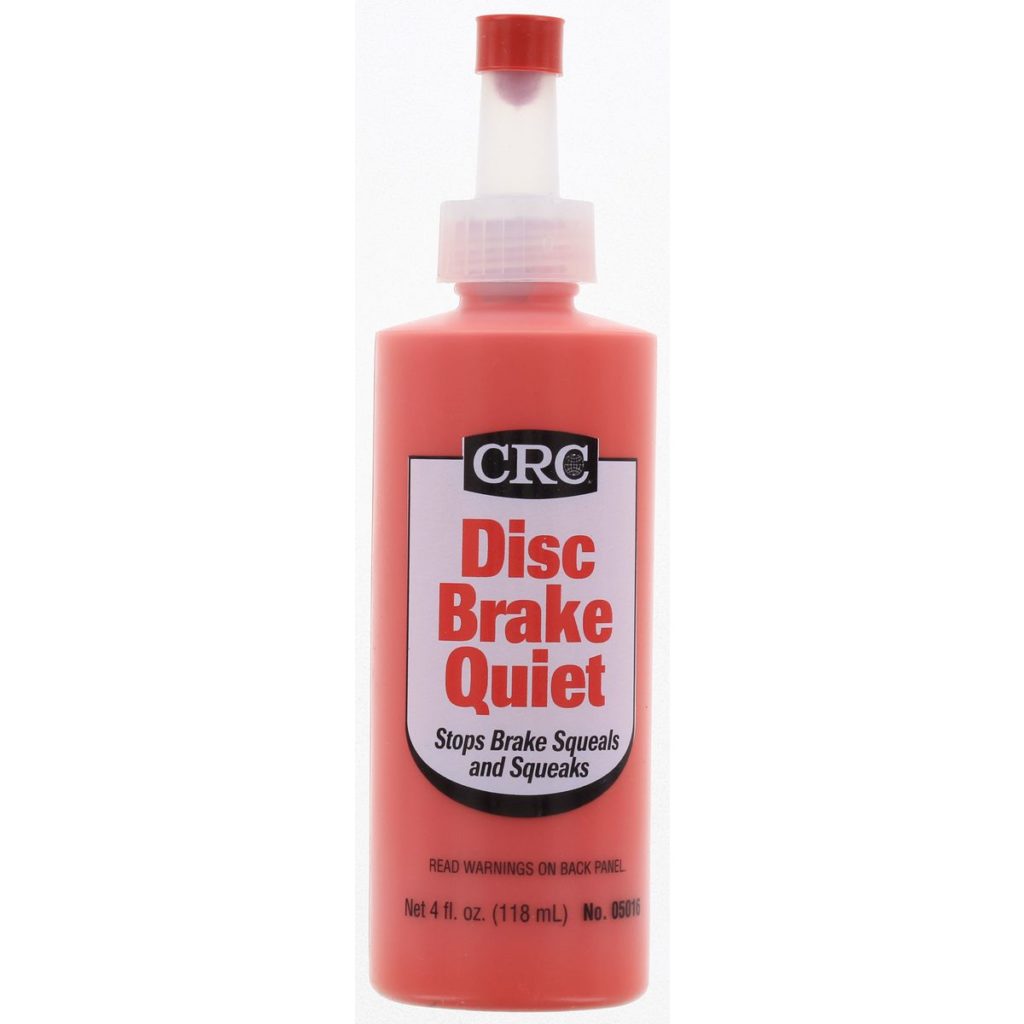

The clutch master cylinder takes 5 minutes to fit and the steering rack is a little more difficult as you have to make sure that the mounting plates and rubbers are positioned correctly to stop sideways movement of the rack. The left hand side also needs to be shimmed to ensure that the rack is level.
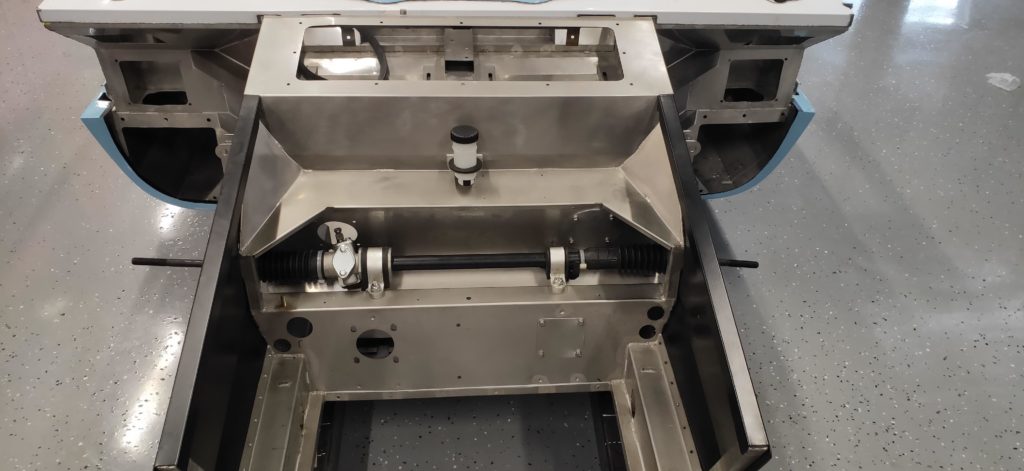
The front left and right cladding is not an easy job to do even though it looks simple. The high grade stainless steel chassis is very hard and there are 30 holes to drill! You must use a cobalt drill and use a lot of pressure and slow speed. It takes ages so be patient and be prepared to use a more than one drill bit.
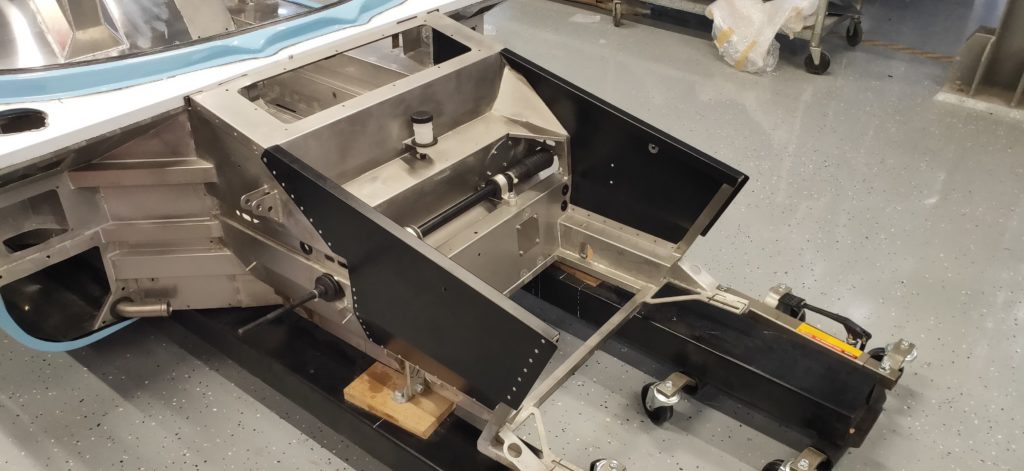
Since my car arrived in January I have been a little busy with other projects like finishing off the mezzanine in my shed for a reunion of all my old mates….. some I hadn’t seen for 35 years or so. It was great to catch up with those maniacs and we were all surprised that we were still alive considering all the crazy things we used to do especially in cars! I received a lot of good comments about the shed and the GT40.
Now that is all over I can finally get stuck into it! One issue that is slowing me up is that CAV normally builds turnkey cars for other countries which means that they don’t have a comprehensive instruction manual… yet. I will be writing the manual as I build my car so that my customers will be able to build their car very quickly indeed.
In Australia we can’t import cars like this as a turnkey car… they can only be imported under what’s called the Individually Constructed Vehicle (ICV) scheme which means that they have to be imported as a kit. The kit also can’t be imported with an engine, gearbox, wheels or axles in the container (not sure who came up with that!) so they all have to be sourced separately. It all sounds quite daunting initially but it is quite easy once you have been through the process and it’s my job to help my customers through the bureaucratic hurdles.
For my car I will be fitting the 5.0 litre Ford Mustang Gen 2 engine. This is a good choice as whatever engine you fit it must pass emission regulations and the Coyote has no problem doing that. The gearbox I have chosen is an Audi O1E that is coming from the US and I have already found a good supplier of Halibrand and BRM wheels at very reasonable prices. I have also sourced axles locally for my customers.
Below are some photos of my car and the process so far so please keep an eye on this blog for my updates on my build.
If you have any questions just email or call me anytime. Hope to hear from you soon.
Best regards
Paul



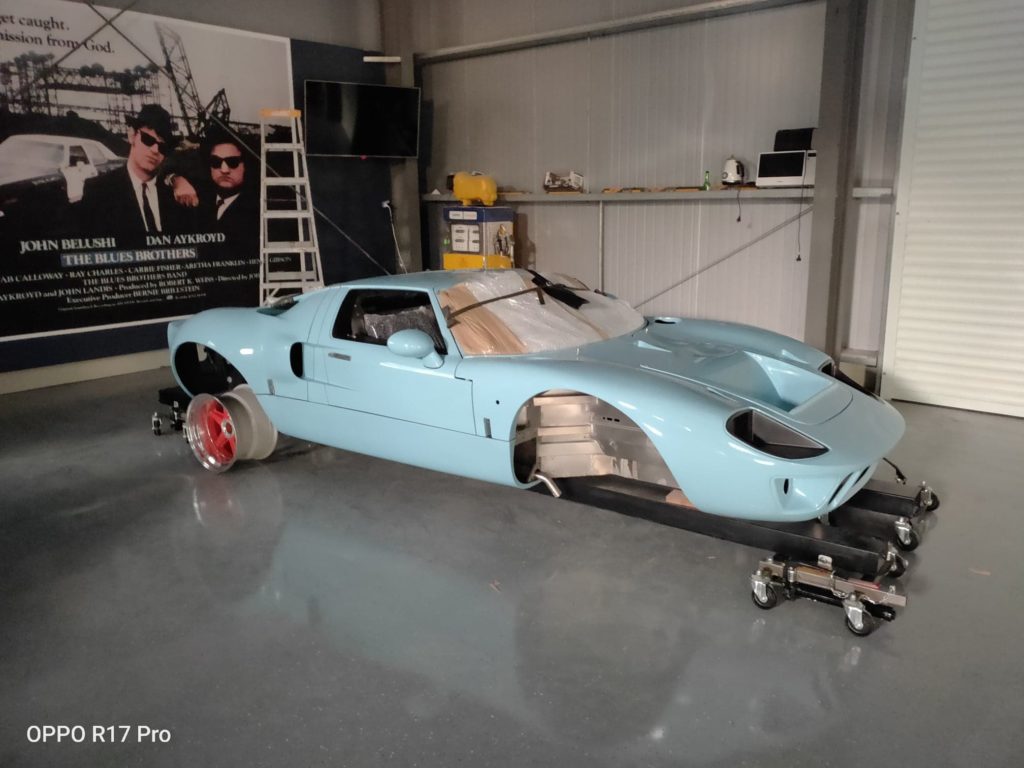
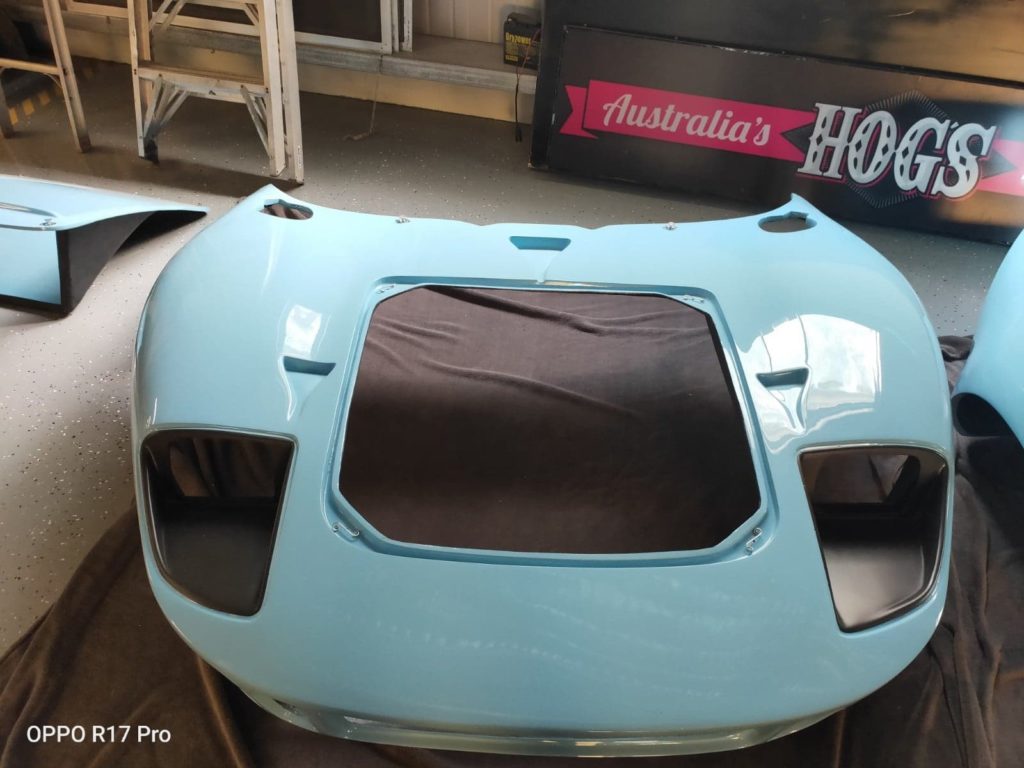
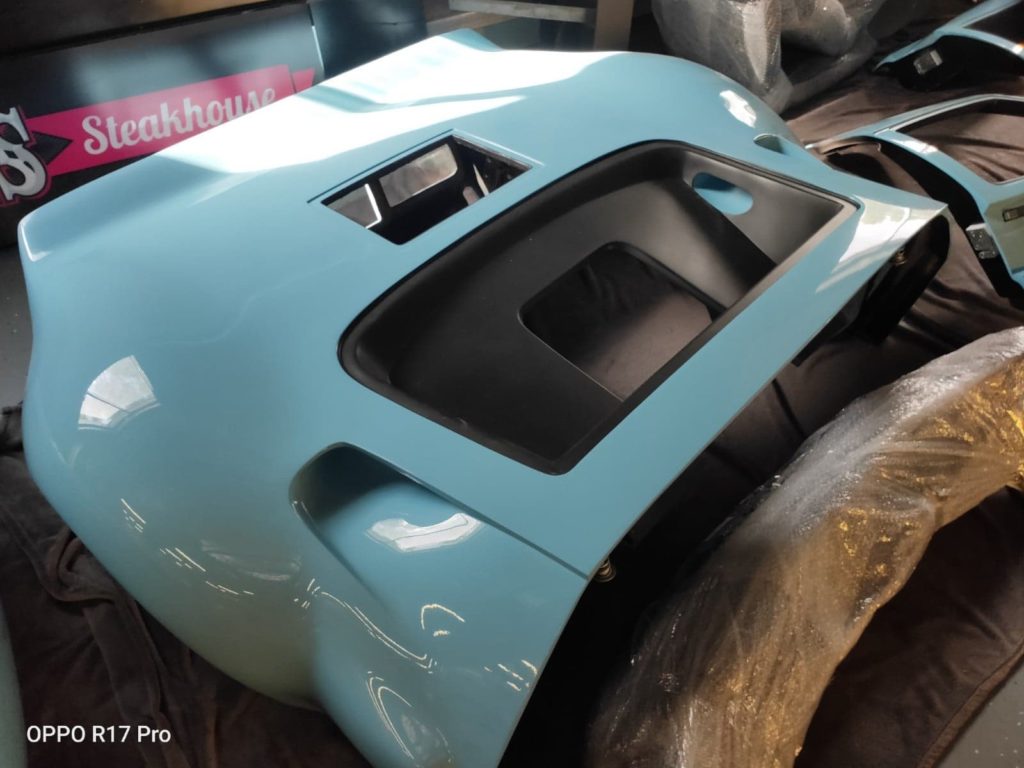


The new car had a massive 427-cubic-inch V8 mounted behind the cockpit. It was the biggest engine Ford had ever tucked into a production car. Lunn explained what the car was all about and the modifications they made. The engine was equipped with high-compression cylinder heads, a special high-rpm camshaft, and aluminium intake manifolds. The seating position was brought forward, and the front end was redesigned; the nose was longer, with a gentler slope and blade-like sharpness, unlike the one in Shelby’s design. Frey was impressed. It was May, and Le Mans was only a month away. Up until then, both men never thought they’d be able to build a formidable prototype for the 24hr race.
They had to put the car to the test though. Lunn got a test driver named Tom Payne for the task. The drive on Ford’s Dearborn track impressed Payne. So Lunn moved things further. They’d see how the car performed on a high-speed test track in Romeo, Michigan. Ken Miles and Phil Remington made the trip from Los Angeles. There was also Tom Payne. Payne was first to put the car to the test, clocking a personal-best lap speed of 180mph. Miles was next. He was more experienced than Payne. Lap after lap, adjustments were made. Rocketing his way down the straight and past the crew, Miles hit a 201.5 mph lap speed, and 210mph on the straights – more than tripling Michigan’s speed limit.
Done with test day, the team headed to a hotel for a debriefing. “What does everybody think?” Lunn asked. “That’s the car I want to drive at Le Mans this year,” Miles replied. The new build was dubbed Ford Mk II, and an agreement was reached to have two of the 427-cubic-inch engine cars ready in time for the 24hr duel – now a fortnight away.
One morning, a week before the team departed for Le Mans, the Deuce and the entire Board of Directors visited Shelby. The Glass House Boss was in good mood, everything seemed to be falling into place ahead of the clash with Ferrari. It was only days earlier that “The Flying Scot” Jimmy Clark won the Indianapolis 500 in a Lotus-Ford, leading the pack in 190 of 200 laps and brushing aside A. J. Foyt’s record with an average of 150.686 mph. Sealing the big one at Le Mans was all that was left, and this was Shelby’s task.
Meanwhile, the Ferrari team was also making its final preparations for the showpiece. The team headed to Monza. The mission was to replicate all conditions synonymous with the 24hr race. Surtees was on hand as usual, as was Bruno Deserti – a new recruit. Team manager had brought Deserti in for a trial. Surtees drove off in the 330P2. Lap after lap, it was another easy day for the champion. Deserti was hoping to win Ferrari’s heart, to achieve his dream of racing a Ferrari on the big stage. He had to prove himself, and there couldn’t be a better chance. Taking his turn at the wheel, Deserti slipped on his white helmet and zoomed off, lapping comfortably at 1:58, then 1:52, then 1:50. Surtees’ record time on the day was 1:32. Then there was silence, the red car was out of sight. Only Lorenzo Bandini saw what happened, Deserti had veered off the track into the woods.
“He’s out!” Bandini screamed. “Let’s go! Let’s go!” The car was found 50 meters into the woods. Wrecked. Inside was Deserti, the young man’s dream to become a Ferrari racer came to an end disastrously. He struggled but lost the fight for his life, dying a few minutes after 7:00 P.M. The test day was anything but successful. The 330P2 was fast, no doubt. But would it survive 24hrs? The gearbox, suspension, and engine? With race day only days away, there was enough time to address these concerns. The Ferrari team was left with critical questions unanswered heading into the 1965 Le Mans.
